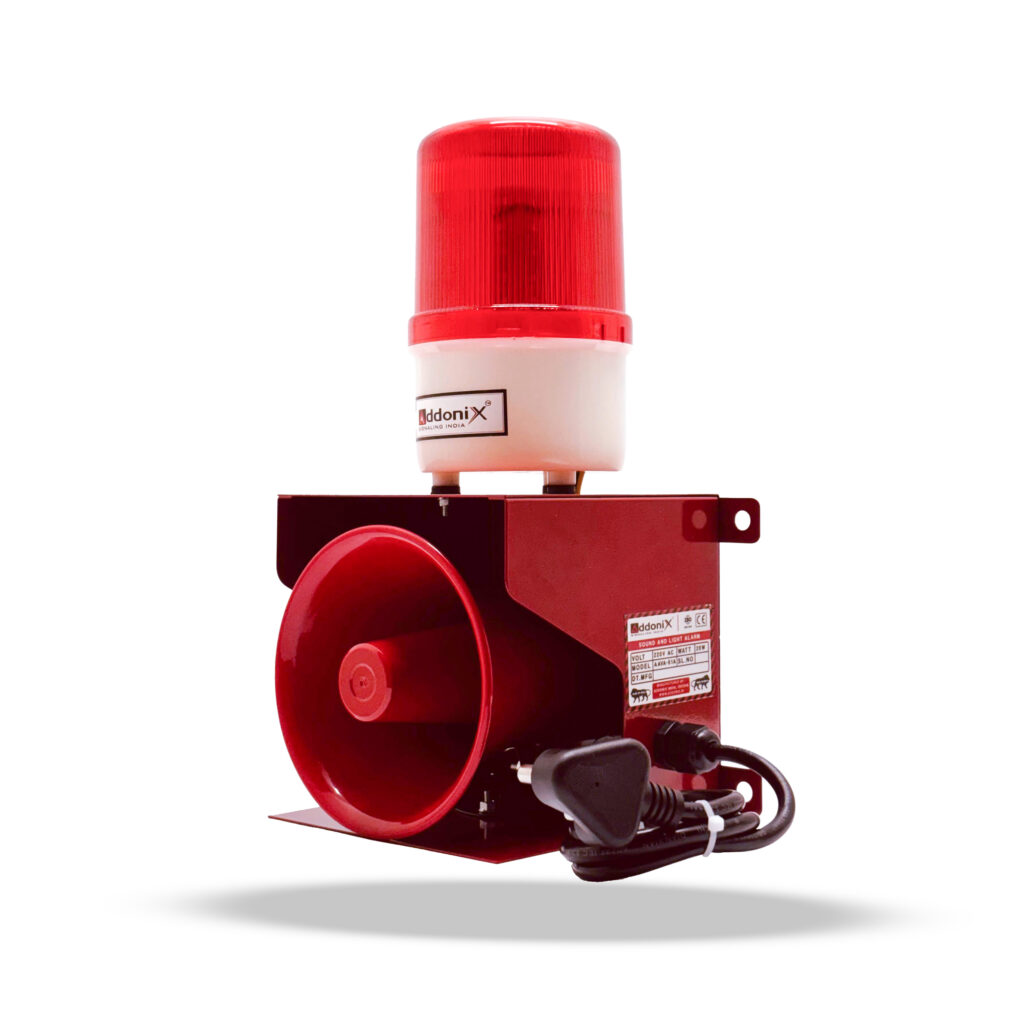
Industrial Risk Management
Industrial Risk Management refers to the systematic process of identifying, assessing, and controlling risks in industrial settings to prevent accidents, injuries, environmental damage, and financial losses. This process is essential in ensuring the safety, health, and operational continuity of an organization. Below are the key components and steps involved in industrial risk management:
1. Risk Identification
The first step in industrial risk management is identifying potential risks that could affect the operations. This includes both hazards (things that can cause harm) and risks (the likelihood and impact of those hazards causing harm). Common industrial risks include:
- Physical hazards: such as machine malfunctions, electrical failures, and fire.
- Chemical hazards: like toxic gas leaks, chemical spills, and exposure to harmful substances.
- Ergonomic hazards: including repetitive stress injuries and unsafe work environments.
- Environmental hazards: such as pollution, waste disposal, and natural disasters.
- Operational risks: from equipment failure, human errors, or supply chain disruptions.
Risk identification can be done through methods such as:
- Safety audits
- Workplace inspections
- Employee feedback and reporting systems
- Historical incident data
2. Risk Assessment
Once risks are identified, the next step is assessing their probability (likelihood of occurrence) and impact (severity of consequences). This step involves:
- Qualitative assessment: Subjective evaluation using descriptions or categorization of risks, like low, medium, or high.
- Quantitative assessment: Using numerical data and statistical methods to estimate the probability and cost of risks.
Risk assessments help determine the level of risk for each hazard and prioritize which risks need to be addressed first.
3. Risk Control and Mitigation
This phase focuses on developing strategies to control or eliminate risks. The goal is to reduce the likelihood of risk events happening and to mitigate their consequences. Common strategies include:
- Elimination: Removing the hazard entirely, such as automating dangerous processes or substituting hazardous chemicals with safer alternatives.
- Substitution: Replacing risky materials or processes with safer ones.
- Engineering controls: Installing safety equipment, such as ventilation systems, safety guards, or alarm systems.
- Administrative controls: Establishing safety protocols, work procedures, training, and supervision.
- Personal protective equipment (PPE): Providing safety gear like helmets, gloves, goggles, and respirators to protect workers from harm.
4. Risk Monitoring and Review
Effective industrial risk management involves continuous monitoring and periodic review to ensure that the risk control measures are effective and up to date. This includes:
- Monitoring safety performance: Tracking incidents, near-misses, and safety audits to evaluate how well risk controls are working.
- Regular inspections: Scheduled inspections to identify new or emerging risks and assess the condition of equipment and safety measures.
- Reviewing and updating plans: Revising risk management strategies based on feedback, technological advances, changes in operations, and evolving regulations.
5. Emergency Response and Preparedness
Risk management also includes preparing for potential emergencies. This involves creating and testing emergency plans for different risk scenarios. Key components include:
- Evacuation procedures: Developing and communicating clear evacuation routes and assembly points.
- Training: Regular drills for employees on how to respond to emergencies like fire, chemical spills, or natural disasters.
- Emergency equipment: Ensuring that emergency tools such as fire extinguishers, first-aid kits, and safety showers are readily available and maintained.
6. Documentation and Reporting
Proper documentation is vital for industrial risk management, ensuring compliance with regulations and facilitating effective response in case of incidents. Documentation includes:
- Risk assessments: Detailed records of identified risks and their assessment results.
- Safety policies and procedures: Written instructions for mitigating and managing specific risks.
- Incident reports: Records of any accidents or near-misses, including their causes and the corrective actions taken.
- Regulatory compliance: Ensuring that all safety measures meet local, national, or international regulatory standards.
7. Insurance and Financial Management
Managing financial risk is also part of industrial risk management. Insurance policies are often used to mitigate the financial impact of accidents, property damage, or environmental liabilities. This could include:
- Property insurance: To cover damages to industrial assets or buildings.
- Liability insurance: To protect against legal liabilities arising from accidents or negligence.
- Workers’ compensation: To cover medical expenses and lost wages for injured employees.
Importance of Industrial Risk Management
- Protecting Workers: The safety of employees is the highest priority. Industrial risk management ensures that risks are minimized, preventing injuries or fatalities.
- Operational Continuity: By identifying risks to operations, organizations can prevent disruptions, downtime, or production halts due to accidents or equipment failures.
- Compliance: Adhering to industry regulations and safety standards is critical to avoid legal penalties, lawsuits, and fines.
- Financial Stability: Minimizing risks reduces the likelihood of costly accidents, legal battles, insurance claims, or environmental penalties, which ultimately saves the company money.
- Reputation Management: A strong track record of managing risks enhances an organization’s reputation, fostering trust among employees, customers, and stakeholders.
- Environmental Protection: Managing industrial risks helps prevent environmental harm, such as toxic releases or pollution, contributing to sustainability efforts and corporate social responsibility.
Conclusion
Industrial risk management is an ongoing process that requires thorough planning, continuous monitoring, and active participation from all levels of an organization. By proactively identifying and managing risks, industries can protect their employees, minimize financial loss, and ensure compliance with regulatory standards, ultimately contributing to safer, more efficient operations.



